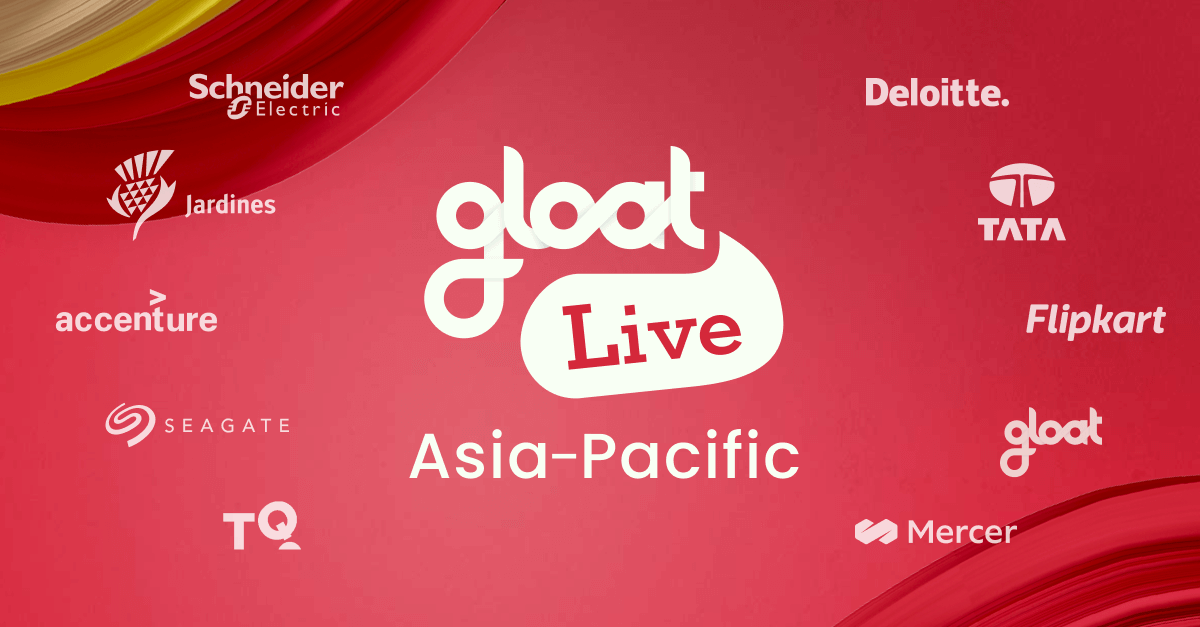3 companies that put gender equity front and center
How Seagate, Unilever, and Standard Chartered Bank created more equitable workplaces

The Great Resignation. The Great Reassessment. The Great Breakup?
McKinsey research shows that although the entire workforce is rethinking their relationship with work, women in particular have shown an even stronger rejection of the status quo. In 2021, the voluntary attrition rate of women came in at 10.5%; for men, the rate was just 9.0% over the same time frame.
Specifically in an organization’s higher ranks, women are leaving their companies in “unprecedented numbers,” exacerbating the issue of top-level representation many organizations are already scrambling to remedy. Research from Gloat and Boston Consulting Group shows that not only are just 86 women promoted to managerial positions for every 100 men, burn out rates are significantly higher in women than their male colleagues.
In trying to create more diverse and representative workforces from top to bottom, a common theme emerges: Women, as they get closer to the top of an organization, face far more headwinds than their male counterparts. So in order to retain top talent and foster the next generation of women and nonbinary leaders, forward-thinking organizations can look to a few trailblazers that continue to set the bar.
What is gender equity in the workplace?
In the workplace, gender equity can be summarized as when access to career opportunities is unaffected by a person’s gender. In the United States, women’s labor force participation remained lower than 40% until the late 1960s, and the most recent statistics show participation at 56.2% in 2020—11 percentage points behind men.
Historically, women and people outside the gender binary have been forced to confront so many discriminative, prejudicial, and unfair factors in the workforce that addressing one of the issues at a time was not enough to bring true equity. Sweeping changes continue to be needed, and as companies continue looking for remedies to systemic problems, their employees are again forced to face these challenges alone.
There are no quick fixes to the lack of gender equity in the workforce; as the issue extends beyond the realm of business and into non-commercial life, it’s up to business leaders to manage the areas where they have direct control—namely, in equally providing opportunities to all of their employees.
Steps to creating a more equitable space for all employees
There isn’t a single roadmap for all companies; different organizations will need to put additional resources behind specific areas they may be lagging in, but regardless of where the focus is put, the end goal of creating a place where workers can be seen for their capabilities first and foremost is the end goal.
#1. Invite direct feedback from employees
Open dialogue is critical to making sure equity efforts are having the right impact. Both affirmations of what’s working and criticisms of strategies that aren’t moving the needle are needed to continue developing equity strategies.
Last year’s uptick in voluntary departures suggests that employees are growing frustrated with traditional top-down operating models. Roughly 90% of workers say that they’re more likely to stay at a company that takes and acts on feedback, and as evidenced by the rise of voluntary departures in the past year, employees are growingly frustrated when being spoken at instead of being a part of the larger conversation. Create buy-in across the organization by showing that their voices are not just being heard, but listened to and acted upon.
#2. Advocate for equity initiatives
A far cry from lip service, having company leadership put their voices behind the equity measures underway adds a human face to the initiative. But like all change, it requires effort: Leadership has to stay aware of issues currently facing underrepresented genders in the workforce at large and relay how your company is addressing them.
#3. Review HR policies to ensure they are nondiscriminatory
Procedures once seen as “tried and true” are often at the root of many systemic inequalities. Rethinking the way organizations go through the hiring process, promotions, and more can help leaders identify places where the system may be failing its women and nonbinary employees.
#4. Scrutinize pay across the organization
Arguably the most notable among inequalities in the workforce, women still only make a fraction of what their male counterparts earn—17% less for the United States in 2022.
Assessing compensation based on gender, race, and other demographic factors can illuminate underlying issues that leaders may have otherwise missed.
#5. See employees for their full set of capabilities
Paramount in creating an equitable workplace is allowing workers to be seen not for their demographics, but for the skills and expertise that they bring to the table. Talent marketplaces and workforce agility platforms engage employees based on their skills, allowing people to be connected with opportunities based on their capabilities.
3 companies making meaningful progress in gender equity
Talent marketplaces are surging in popularity, and many businesses are recognizing that the platforms are game-changers when it comes to equalizing access to opportunities. As skills continue gaining prominence, here are a few examples of trailblazers in the space.
The technology leader needed to swiftly redeploy talent during the onset of the COVID-19 pandemic. Though their intention was to find places for underutilized employees affected by priority reconfiguration, the lasting impact on increasing women’s participation in the company is undeniable.
Seagate has seen a 58% increase in participation of women in projects after rolling out its talent marketplace, on top of unlocking $1.4 million in savings in the process.
After deploying a talent marketplace, the bank saw its largest year-on-year increase in employee satisfaction with career development. As more opportunities became available to people throughout the organization, no longer hidden behind departmental silos or shut-in networking circles, employees could take control of their careers.
As Watson Stewart, Head of Talent Solutions at SCB noted, “Gloat gave us the opportunity to uncover hidden talents that we would never have known existed before, introducing a diversity of thought into the projects we run, and into the way we deliver for our clients.”
Reskilling and up-skilling initiatives were at the heart of Unilever’s impetus to build its future-readiness strategy. As the world of work continues to change, and the skills that power it continue to evolve, company leadership decided that a talent marketplace was the best option to build business-critical capabilities while also making their organization more adaptable as a whole.
As a result of their transformation, productivity increased by 41%. But more notably, 67% of all opportunities on their talent marketplace were assigned to women despite the company’s overall gender distribution being equal.
Making gender equity a reality in your organization
No single company will be able to eradicate gender discrimination by simply improving access to opportunities. However, it’s imperative that leaders take this opportunity to make a tangible impact on the areas they have direct influence over—namely, giving all people the same opportunity to contribute, achieve, and thrive at work.
To see how your organization can create a level playing field for everyone, see how companies are elevating D&I with tech.




